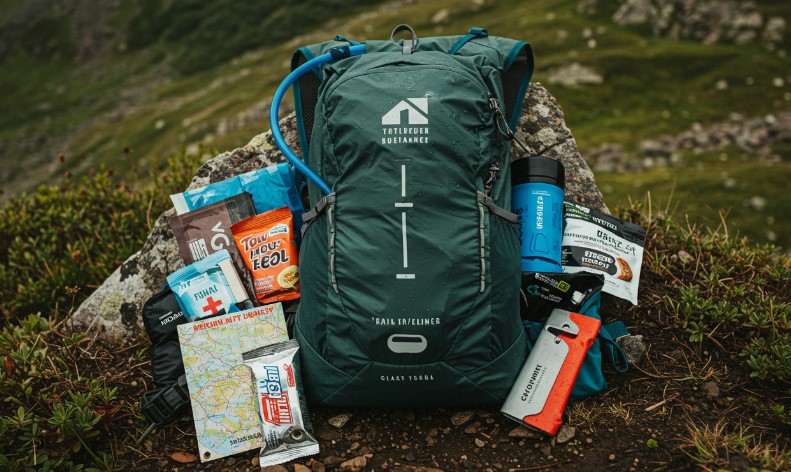There’s something about trail running deep in the backcountry that grabs you. The quiet. The rawness of the landscape. The feeling that you’re off the grid, running not just for fitness but for connection.
But that same solitude can be dangerous if you’re not prepared. It doesn’t matter if you’re heading out for a few hours or pushing into a multi-day effort, packing smart isn’t optional—it’s part of the run.
Let’s break down what you actually need to bring for trail running in remote areas. Not just to feel ready, but to stay safe, fuel your body, and enjoy every muddy, rocky, beautiful stretch of trail.
Table of Contents
ToggleClothing and Layering
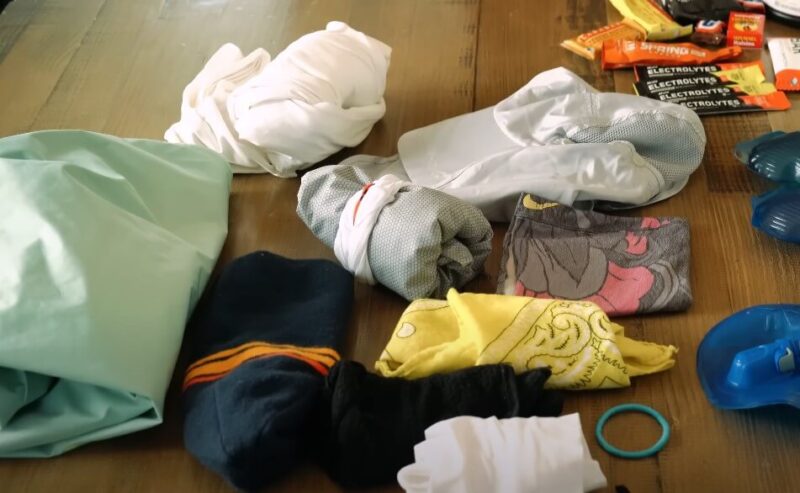
The weather doesn’t ask for permission. One minute it’s sun on your back, the next, you’re being slapped by sideways rain. Your clothing needs to work with your body, not against it.
Base Layers
Start close to the skin. Lightweight, moisture-wicking materials like synthetic blends or merino wool are your best bet. They pull sweat away and help regulate your body temp. Merino’s especially good if things get cold or wet—it still insulates.
Pro pick: A merino tee or long-sleeve is versatile enough for all-day comfort.
Mid Layers
For chillier days, a fleece or insulated long-sleeve adds warmth without bulk. A thin windproof vest or gilet can make a huge difference on ridgelines or windy passes.
Example: On a spring run through the Scottish Highlands, a light fleece and windproof gilet combo handled everything from mist to gusts without overheating.
Outer Layers
You’ll want a shell that’s both waterproof and breathable. Look for one with a hood and sealed seams. Bonus if it’s packable—it should fit in your vest without taking over.
In winter or higher altitudes, a synthetic puffer that packs down small is a lifesaver when the temps drop.
Don’t Forget Accessories
- Cap or visor for sun
- Thin beanie for cold
- Gloves for dexterity and comfort
- Neck gaiter/Buff for wind protection, sweat, dust—or even first aid in a pinch
- Merino socks to keep toes warm and blister-free
Always assume the forecast might be wrong. A lightweight waterproof jacket weighs little but can save your run—or your life.
Footwear for Grip, Protection, Comfort
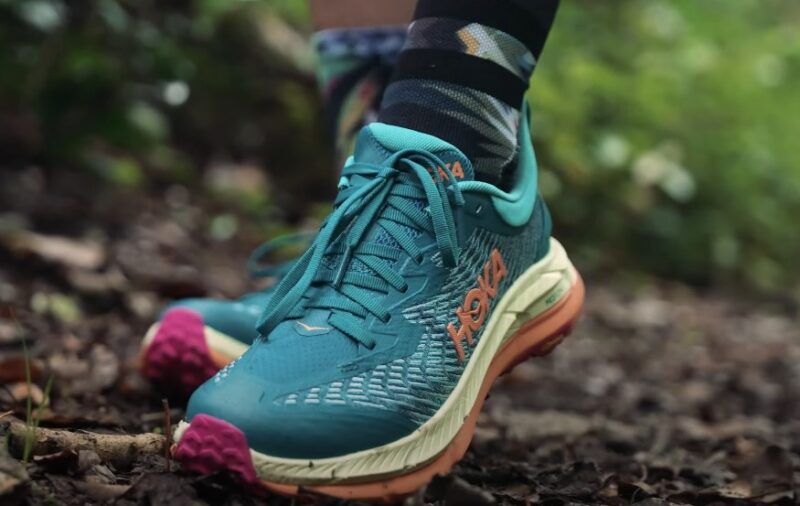
The shoes you wear can make or break your run—literally. Trails in remote areas are rarely groomed. You’ll face roots, rocks, mud, scree, maybe even snow. Your shoes need to keep up.
Trail Running Shoes
Trail-specific shoes come with aggressive lugs, protective toe caps, and grippy soles built for real terrain. Brands like Salomon and Hoka offer models like:
- Salomon Speedcross: Great for mud and soft trails
- Hoka Speedgoat: Cushioned yet stable for rocky runs
Match your shoes to the terrain. Loose rock? Go aggressive. Smooth forest path? A lighter, more flexible model may do.
Socks
Merino wool socks with a bit of stretch will reduce friction and help prevent blisters. Choose crew length if you’re running through brush or gravel. Always carry a spare pair if you’re going out for more than a few hours.
Tip: Change socks midway on a long run to prevent hot spots and moisture buildup.
Hydration and Nutrition

Your body won’t lie to you. When it needs water, salt, or food, you’ll feel it. But by then, you’re already behind.
Hydration
Carry water in a way that lets you drink often and without fuss.
Options:
- Hydration vests with integrated bladders (like Osprey Duro 6L or 15L)
- Soft bottles that tuck into chest pockets
- Water filters or purifiers for refills from streams (think LifeStraw or Sawyer Mini)
Electrolytes help replace the salts you lose. Tablets, powders, or pre-mixed drinks like Nuun or Veloforte are easy to stash.
Nutrition
Plan for your run to take longer than expected. Your energy needs grow fast in rough terrain or bad weather.
Pack:
- Energy gels and chews for fast carbs
- Energy bars for a slower burn
- Real food (like wraps, trail mix, or nut butter pouches) for longer runs
Sample mix for a 10-hour remote run:
- 4 energy gels
- 2 bars
- 1 peanut butter tortilla wrap
- 1 small bag of trail mix
- 1 salt tablet per hour
Stat to know: Losing just 2% of your body weight through sweat can decrease performance and increase risk of cramping or heat illness.
Safety and Navigation
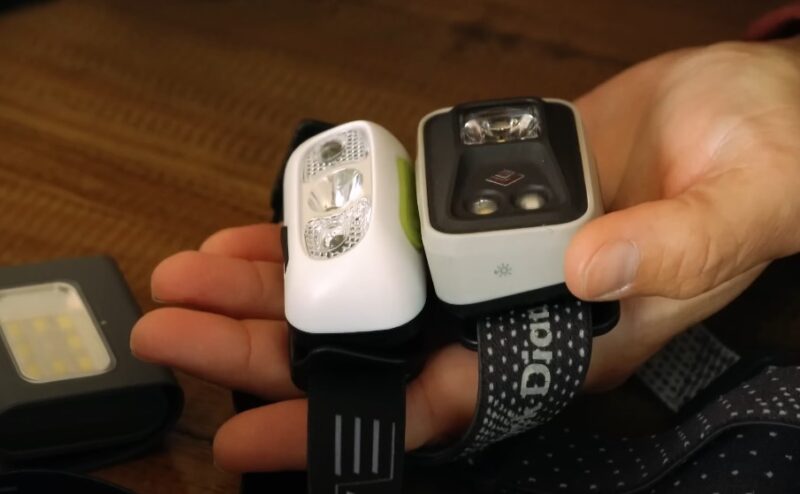
If you’re hours from help, what you carry (for example, GPS tracking devices) might be the only thing standing between you and a serious problem. That’s not being dramatic, it’s just the reality of remote terrain.
Navigation Tools
- Waterproof map of your route
- Compass (and know how to use it)
- GPS watch with breadcrumb tracking (e.g., Garmin Forerunner 965)
- Smartphone with offline maps downloaded
- Satellite communicator like the Garmin InReach Mini 2 for SOS messages if there’s no signal
Emergency Essentials
- Survival bag or foil blanket: tiny, light, and warm
- Whistle (Fox 40 Sonik Blast or similar)
- Headlamp (even if you don’t plan to be out after dark)
- First aid kit: Plasters, blister care, gauze, ibuprofen, antihistamine, tick remover, antiseptic
- Toilet paper in a plastic bag
- Dry bags to keep essentials safe from rain or river crossings
It’s also a good idea to get certification through an online first aid course so you know how to respond effectively in an emergency, especially when help is far away.
True story: In 2023, a runner caught in a Highland storm used a whistle to alert hikers after taking shelter in a survival bag—no phone signal, no trail markings. That small whistle likely saved his life.
Carrying Systems
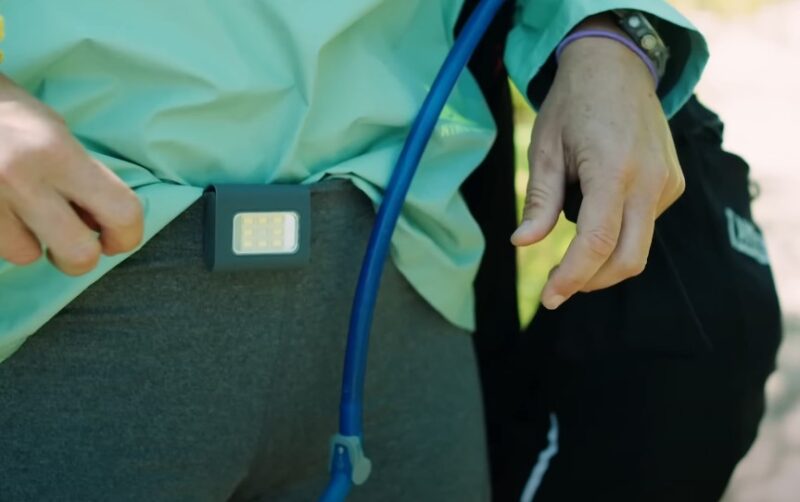
The key here is balance. Your pack should carry everything you need but stay snug, light, and bounce-free.
Running Vests
For longer runs (4+ hours), go with a trail running vest that fits like a snug backpack. 5–15 liters is plenty for most outings.
Top choice: Osprey Duro 15 – room for food, layers, filter, and more.
Waist Packs
For quick runs or race pace sessions, waist packs offer freedom of movement. The Alpkit Vora 6 is compact yet capable.
Hydration Belts
Minimal and stable. Ideal when you don’t need to carry much but still want water and snacks within reach.
Tip: Pre-pack your gear into your vest or waist pack and leave it semi-ready. It makes last-minute trail escapes much smoother.
Smart Extras That Make a Difference
Some items don’t feel essential—until they are.
- Running Poles: Save your quads on climbs, stabilize on descents. Get the foldable carbon ones that tuck into your pack.
- Sunglasses: Protect your eyes from UV rays, wind, and debris. Wraparounds stay put on fast descents.
- Sunscreen & Insect Repellent: Especially if running in alpine sun or buggy woods.
- Phone case: Slim, water-resistant, touch-compatible. Keeps your phone usable even when wet.
- Multi-tool or pocket knife: Not mandatory but can be useful on multi-day or off-route runs.
What You Need Based on How Long You’re Out
Not every run calls for full gear. Here’s a quick breakdown:
| Run Duration | Key Gear |
| Up to 6 hours | Hydration pack, base layers, windproof jacket, map, snacks, filter |
| 6–24 hours | Add: headlamp, more food, extra layers, whistle, satellite communicator |
| Multi-day | Include: compact shelter, sleeping bag, stove or cold-soak meals, poles |
You can adjust based on season, location, and forecast. But always, always bring enough food, water, and layers to get you through an emergency overnight—even if that’s not the plan.
Last Checks Before You Go
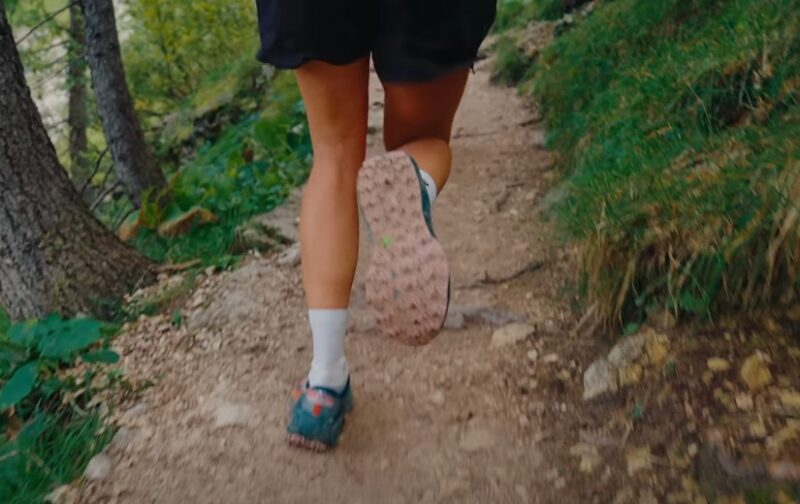
Before lacing up and hitting the trail:
- Tell someone your route and return time
- Check the weather (again)
- Double-check batteries on lights, watches, phones
- Pack with intention, not just habit—adjust for the terrain, distance, and season
Final Words
Trail running in remote areas is a test of your planning just as much as your endurance. The goal isn’t to pack heavy—it’s to pack smart. With the right gear in the right place, you can stay light, move freely, and deal with whatever comes your way.
Nature won’t wait. But with your vest zipped, water topped off, and map tucked in your chest pocket, you don’t need it to.
Related Posts:
- Top 400 Hilarious Gym Quotes to Keep You Motivated
- 25 Simple Running Motivation Tips To Get You Moving
- 80 Best Motivational Cross Country Running Quotes 2025
- Half Marathon Training Plan for Beginners - Simple…
- How Far Is a Half Marathon? Everything You Need to Know
- How Can You Start a Career as a Running Coach?

